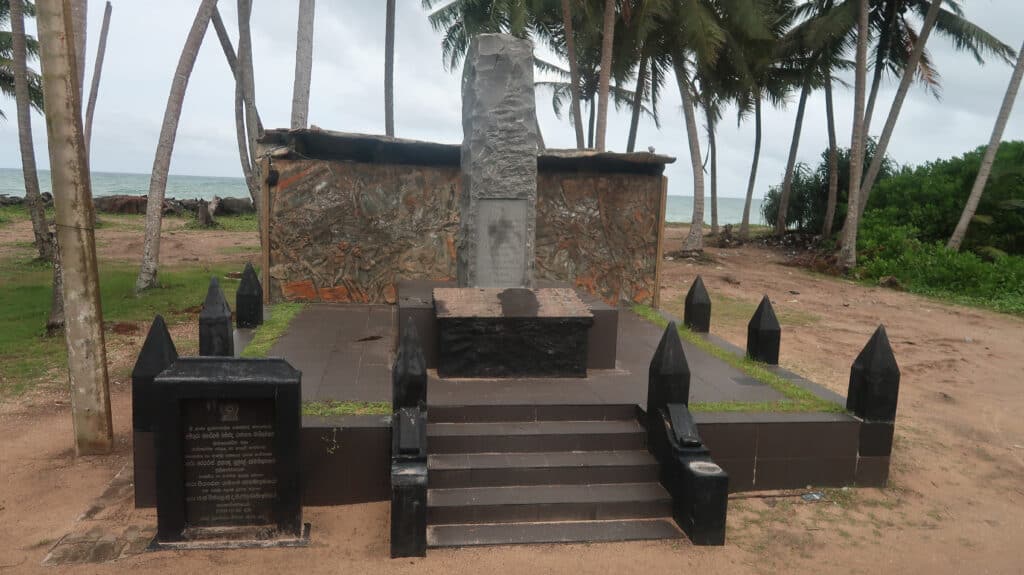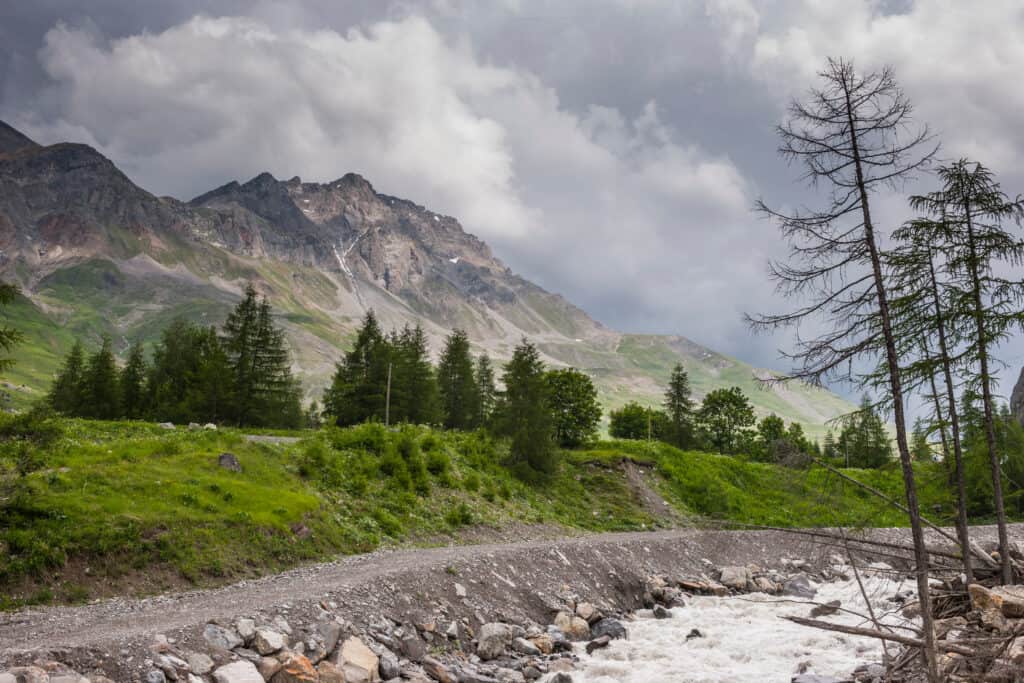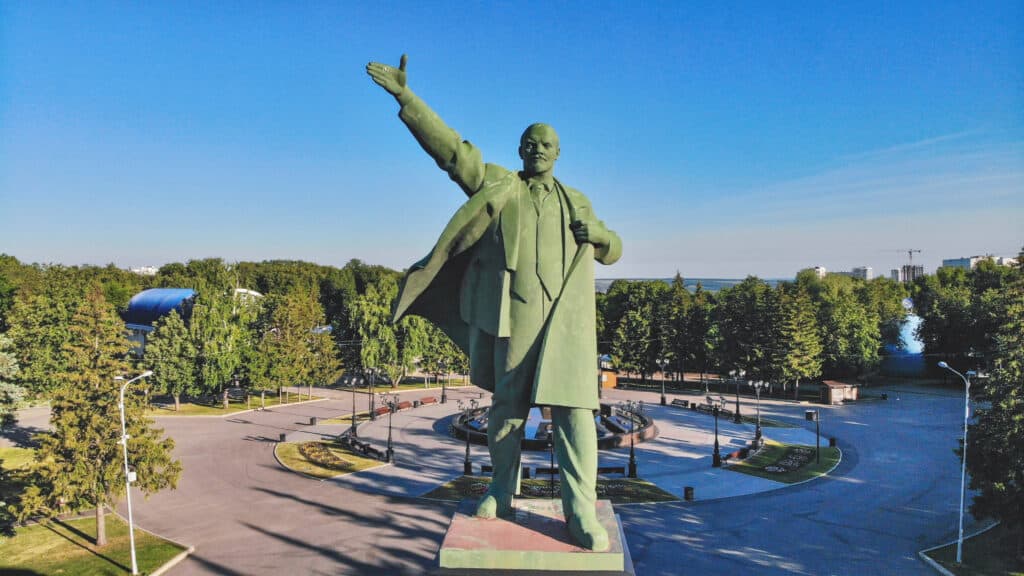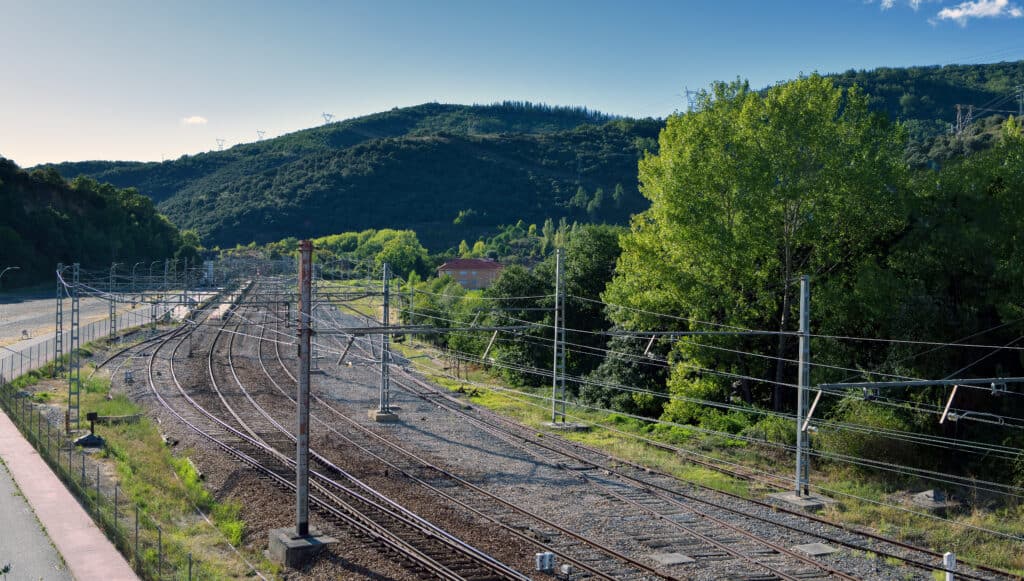Want to go on a getaway? Of course, you could book a flight with your favorite airline, but you can also admire the views and have an enjoyable experience by hopping on a train. Some people prefer to travel by train for a variety of reasons ranging from affordability to flexibility to comfort, particularly between cities within a country or continent.
However, train travel isn’t all old-fashioned charm and good vibes. Accidents do happen, and they can often be fatal, not only to those on the train but also to others in the vicinity. According to the National Safety Council, railroad accidents resulted in 757 fatalities and 5,479 nonfatal injuries in 2020 in the United States.
If you look at 10 of the world’s deadliest train crashes, you can decide whether you’d rather avoid rail travel or enjoy the scenery along the way.
#1 Sri Lanka Tsunami Train Wreck
The train, dubbed the Queen of the Sea, was destroyed by the Indian Ocean tsunami on December 26, 2004, in what is now considered the world’s deadliest rail tragedy. It was a holiday weekend in Sri Lanka due to the full moon and the Christmas holiday weekend. This probably explains why the 8 train cars were filled and the doors couldn’t open when the train was swamped.
The crowded passenger train was struck by two waves near a village called Peraliya, close to Telwatta, while on its route to the Southern city of Galle from the Colombo Fort station. The train cars were flooded when the first wave hit. A massive wave slammed into the train, smashing it against the trees and houses that bordered the track.
According to the available train station records, 1,500 tickets were sold for the Galle trip, but an estimated 200 people boarded the train at various stops without tickets. As a result, the death toll was estimated to be at least 1,700 people.

The Queen of the Sea accident is considered the deadliest train tragedy in history.
©Nigel Hill/Shutterstock.com
#2 Bihar Train Derailment, India
A cyclone struck a train traveling from Mansi to Saharsa in 1981. The train derailed from a bridge and plunged into the Bagmati River in Bihar, India.
The monsoon season had begun prior to the railroad accident, and the water level was higher than usual.
Hundreds of passengers were swept away in the flood waves as the train plunged into the river. The rescue operation, which started a few hours later, was also hampered by heavy rain.
The train crash killed over 800 people and is still considered the deadliest in the history of India.
#3 Guadalajara Train Disaster, Mexico
The rail accident in January 1915 was reported to have killed over 600 people. Due to brake failure, the overloaded train veered off its tracks and plunged into a canyon.
The train engineer, according to reports, lost control while speeding down a steep slope. As the train sped through the curves, many passengers were thrown from it. People were clinging to the train’s roofs and under the cars because it was so packed.
This catastrophe occurred during the Mexican Revolution. The 20-car train, which was assigned to the families of the Carranza troops, left Colima on January 22nd with almost 900 passengers, a capacity that was purportedly beyond its limit. Less than 300 of the 900 people on board survived the tragic accident.

The Guadalajara Train Disaster killed more than two-thirds of the the 900 passengers on board.
©ehudson/Shutterstock.com
#4 Saint-Michel-de-Maurienne Derailment, France
The train number 612 carrying about 1,000 French soldiers from the 45th and 46th divisions who were returning home for Christmas from the Italian front during World War I derailed.
The accident occurred on a steep 17-kilometer slope between Modane and the Saint-Michel-de-Maurienne station as a result of the train’s failing brakes. Two motor cars were supposed to push and hold the trains in accordance with regulations, but only one was available. As the train began to descend, it got too heavy, and all of its cars collided. The train eventually caught fire.
Over 700 soldiers were killed in the 530-ton 19-car train collision. It happened in 1917 and is considered the worst railroad accident in French history.

In 1917, over 700 French soldiers were killed in an accident while headed back home for Christmas.
©Michele Vacchiano/Shutterstock.com
#5 Ciurea Rail Disaster, Romania
On January 13, 1917, a runaway train with 26 cars got derailed and engulfed in fire after being switched to the right track to avoid collision with another train occupying the straight rail approach at the Ciurea station.
Also known in Romania as the Ciurea catastrophe, the incident involved Romanian civilians and soldiers who were trying to flee from the advancing German troops.
The train, which was traveling from Iași to Bârlad, had an estimated 1,000 people on board and caused the death of more than 700.
#6 Ufa Train Disaster, Soviet Union
The Ufa train disaster was an explosion that involved 2 passenger trains and about 40 train cars attached to 2 locomotives some 31 miles away from the city of Ufa in 1989.
The explosion was caused by a leakage in the gas pipeline that had seeped into the gully where the trains were passing. This created a dense, highly flammable cloud in the air, sparks were released as the trains moved past each other and a blazing fire was ignited.
In total, there were 1,300 passengers on the train traveling between Novosibirsk and Adler, most of whom were children on their way to or from the holidays.
The explosion, which was estimated to be as forceful as 10 kilotons of TNT equivalent, completely burnt the train and 7 train cars to ash while also destroying 37 other cars and two locomotives. The official record of the death toll listed 575 deaths and over 800 injured people. However, the memorial at the site of the crash has a list of 675 names with unofficial reports claiming as many as 780 deaths.

The explosion which took place at Ufa is estimated to have had the power of 10 kilotons of TNT.
©Bulat.Iskhakov/Shutterstock.com
#7 Awash Rail Disaster, Ethiopia
This has remained one of the deadliest train crashes in African history. On January 14, 1985, an express train traveling on the Addis Ababa-Djibouti railroad from Dire Dawa to Addis Ababa derailed.
The train engineer was said to have been moving at top speed while rounding a curve on a 40-foot bridge between Arba and Awash train stations.
The 7 train cars plunged into a ravine on Awash River, about 125 miles east of Addis Ababa. This accident left over 400 people dead and about 500 injured. At the time of the disaster, it was the third-worst train accident in the world.
#8 Balvano Train Disaster, Italy
The Balvano train disaster of 1944 claimed the lives of more than 600 passengers who died from carbon monoxide poisoning near Balvano in the mountains inland from Salerno.
Due to the acute shortages experienced in wartime, there was not much availability of 1st-grade coal which was normally used for trains. The train crew was reliant on 3rd and 4th-grade coal substitutes that produced less power, but more odorless, poisonous carbon monoxide gas.
The train, numbered 8017, had stopped in the Armi tunnel, outside the small town of Balvano, on the border of Basilicata and Campania about 90km east of Salerno.
According to Gianluca Barneschi, a historian who authored a book about the tragedy, the train was originally meant for goods wagons, but it was crowded with civilians in search of food.
The official tally put the number of fatalities at 517, but more recent reports suggest that there were approximately 600 victims.

in 1944, 600 passengers died of carbon monoxide poisoning in the mountains near Balvano, Italy.
©Francesco Stock/Shutterstock.com
# 9 Al-Ayyat Train Disaster, Egypt
Traveling en route from Cairo south to Luxor, the passenger train with 11 cars was overloaded with Egyptians who were traveling home for Eid al-Adha, Muslims’ biggest annual festival. This made it impossible for many to escape the blaze.
The train was engulfed with fire after one of the passengers lit a gas stove. The inferno spread to other cars, but the train engineer carried on for several miles, unaware of the fire in the rear train cars.
The blazing train finally stopped at Al-Ayyat, but 7 of its cars had been burnt.
The railroad accident happened in February 2002, causing the deaths of at least 370 people and leaving many others injured.
#10 Torre del Bierzo Rail Disaster, Spain
On the 3rd of January, 1944, the rail disaster happened in Torro tunnel close to Torre del Bierzo, León province of Spain.
The train crash resulted from a collision of three trains, including a mail train (Galicia mail express), an engine train with three carriages, and a coal train inside a tunnel.
The mail train’s brakes failed, and it collided with the engine train. The signaling cable was destroyed by the fire caused by their collision. The engine train was subsequently hit by a coal train with 27 loaded wagons coming from the opposite way, killing almost 500 people.

Almost 500 people died when three trains collided in Torro tunnel in 1944.
©Lux Blue/Shutterstock.com
Conclusion
While rail travel is one of the eco-friendly ways of moving from one location to another, it is not devoid of risks. As scary as these incidents seem, traveling by rail is almost inevitable, especially for budget-conscious travelers.
However, you should be cautious and ensure compliance with safety tips. For instance, make sure you mind the distance between the train and the platform when embarking onto a train.
Safety regulations for trains have improved in recent years and regular maintenance makes trains much safer. But it is good to remember that accidents can happen, so do your best to stay safe.
The photo featured at the top of this post is © JGA/Shutterstock.com
Thank you for reading! Have some feedback for us? Contact the AZ Animals editorial team.







